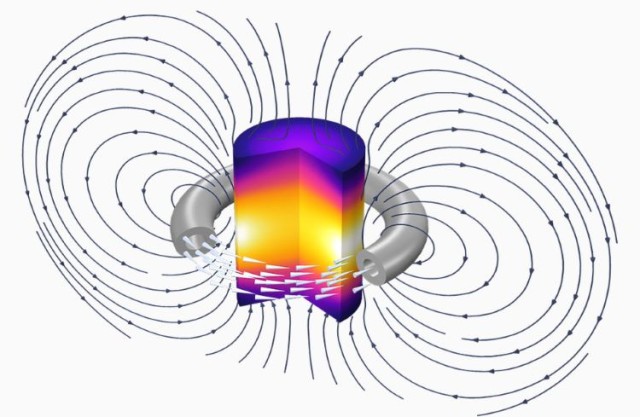Introduction to Induction Systems
Fundamental Concepts
Metals can be heated using the induction process, a method that leverages electromagnetic principles to generate heat within the material. When an alternating magnetic field is applied near the surface of a metallic, or electrically conductive, workpiece, it induces a current within the material. This induced current, known as an eddy current, flows in a circular pattern within the workpiece, creating resistive heating due to the material's electrical resistance.
The process can be visualized through the following steps:
- Magnetic Field Generation: An induction coil, powered by an alternating current, generates a magnetic field.
- Field Interaction: The magnetic field interacts with the conductive workpiece, inducing an eddy current within it.
- Heat Production: The eddy current encounters resistance as it flows through the material, converting electrical energy into heat.
This method is highly efficient and precise, allowing for localized heating without direct contact with the workpiece. The heat generated is proportional to the frequency of the alternating current and the electrical conductivity of the material, making it a versatile technique for various metalworking applications.
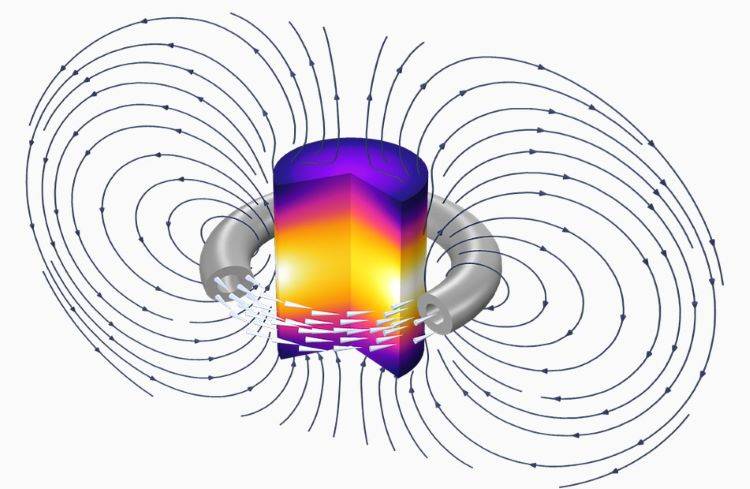
Complexity and Challenges
Induction systems, while highly effective for heat treating specific parts of mechanical components, are inherently complex. The intricate nature of these systems often stems from the diverse geometries and materials of the parts being treated. This complexity can pose significant challenges, even for seasoned professionals.
One of the primary difficulties lies in the variability of the parts. Each component may require a unique set of parameters, such as the positioning of the workpiece within the induction coil, the power applied, and the cooling cycle time. These variables necessitate a deep understanding of both the induction process and the specific requirements of the parts being treated. Consequently, even highly specialized personnel may find it challenging to detect all potential issues, as the multitude of variables can obscure subtle problems.
To illustrate, consider the following table that outlines some common challenges and their potential impacts:
| Challenge | Potential Impact |
|---|---|
| Variable part geometries | Difficulty in achieving uniform heat treatment across different parts |
| Complex power settings | Risk of overheating or underheating specific areas, leading to suboptimal results |
| Cooling cycle variations | Inconsistent metallurgical effects, affecting the overall quality of the part |
Addressing these challenges requires not only technical expertise but also a systematic approach to troubleshooting, which is a recurring theme in this guide.
Steps to Troubleshoot Induction Systems
Familiarize with the Process
The induction process is characterized by a multitude of parameters that can significantly impact its effectiveness. These parameters include the precise positioning of the workpiece within the induction coil, the placement of the load, the arrangement of cooling systems, the duration of the cycle time, and the level of power applied. Each of these elements plays a crucial role in ensuring that the induction process operates smoothly and efficiently.
To effectively troubleshoot induction systems, professionals must develop a keen awareness of these parameters. This awareness allows them to anticipate potential issues before they manifest, thereby preventing costly downtime and ensuring continuous operation. For instance, a slight misalignment of the workpiece within the coil can lead to uneven heating, which in turn can cause defects in the final product. Similarly, an improperly positioned load can result in inefficiencies, while an inadequate cooling system can lead to overheating and system failure.
Understanding these parameters also involves recognizing the interdependencies between them. For example, the power applied must be carefully calibrated to match the cycle time and the specific requirements of the workpiece. Any deviation from these optimal settings can lead to subpar performance or even system failure. Therefore, professionals must not only be knowledgeable about each parameter but also understand how they interact with one another.
In summary, a deep familiarity with the characteristic parameters of the induction process is essential for any professional tasked with troubleshooting induction systems. This familiarity enables them to identify and address potential issues proactively, ensuring that the system operates at peak efficiency and reliability.
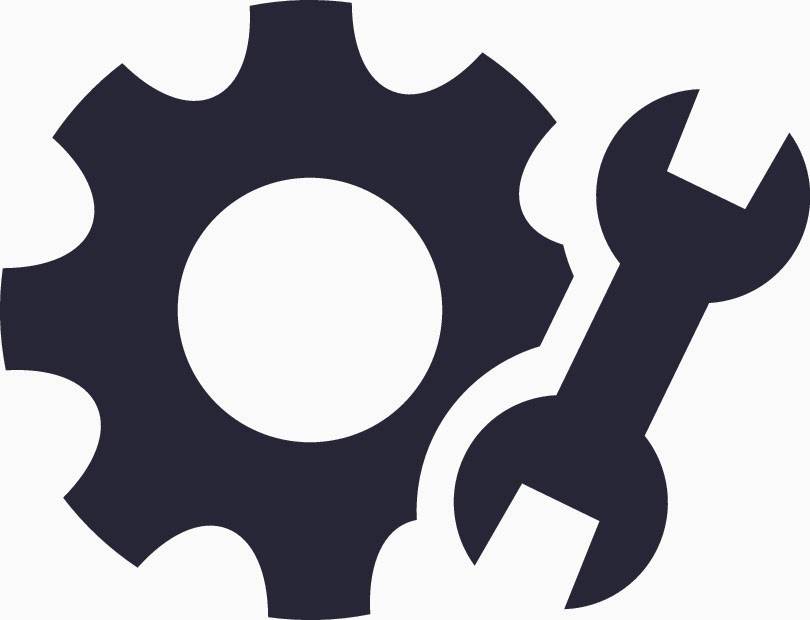
Understand Main Components
Understanding the internal relationships of an induction system is crucial for identifying which components perform specific functions and how they interrelate. This knowledge is essential for effective troubleshooting and maintenance. Induction systems typically consist of several key components, each playing a vital role in the process. These components include:
- Induction Coils: These are central to the system, generating the alternating magnetic field necessary for inducing current in the workpiece.
- Power Supply: Converts electrical energy into a high-frequency current that powers the induction coils.
- Cooling Systems: Essential for dissipating heat generated during the induction process, ensuring the longevity of the equipment.
- Sensors: Monitor various parameters such as temperature, current, and magnetic field strength, providing real-time data for adjustments.
- Control Units: Manage the operation of the system, regulating power output, frequency, and other critical variables.
| Component | Function |
|---|---|
| Induction Coils | Generate alternating magnetic field to induce current in the workpiece. |
| Power Supply | Converts electrical energy to high-frequency current. |
| Cooling Systems | Dissipates heat to protect equipment. |
| Sensors | Monitor parameters like temperature and current. |
| Control Units | Regulate system operation, managing power and frequency. |
By familiarizing yourself with these components and their interactions, you can better diagnose issues and optimize the system's performance. This foundational understanding is the bedrock of successful induction system troubleshooting.
Prepare Necessary Tools
When it comes to troubleshooting induction systems, having the right tools is as crucial as understanding the process itself. Just as a mechanic relies on specific instruments to diagnose and fix a vehicle, professionals dealing with induction equipment need a set of specialized tools to effectively identify and resolve issues. The primary tools required include:
- Oscilloscope: This device is essential for analyzing electrical signals and waveforms, helping to pinpoint irregularities in the system's performance.
- Function Generator: Used to create electrical waveforms, it aids in testing and calibrating the induction system by generating the precise signals needed for various operations.
- Ammeter: This tool measures electric current, providing critical data on the flow of electricity within the system.
- Digital and Analog Multimeters: These versatile instruments can measure multiple electrical properties, such as voltage, current, and resistance, offering a comprehensive view of the system's health.
- High Voltage Probes: Designed to safely measure high-voltage signals, these probes are indispensable for ensuring the system's electrical components are functioning within safe limits.
Each of these tools plays a unique role in the troubleshooting process, enabling professionals to diagnose and rectify issues with precision and efficiency.
Check Sensors and Coils
The induction process relies heavily on various meters to gather critical data, which is then visualized through the HMI (Human Machine Interface). Among the essential components, induction coils stand out as pivotal elements. These coils are designed to generate the precise magnetic field required for the induction process. By employing diverse geometries, they ensure the desired metallurgical effects are achieved.
To delve deeper into the role of induction coils, it's crucial to understand their design intricacies. The coils are often engineered to match specific workpiece geometries, ensuring optimal heat distribution and metallurgical transformations. Here’s a brief overview of the common geometries used:
| Coil Type | Geometry | Application |
|---|---|---|
| Single-Turn Coil | Simple, single loop | General heating and surface hardening |
| Multi-Turn Coil | Multiple loops in series | Deep heating and large workpiece handling |
| Split-Turn Coil | Divided into sections | Localized heating and contour matching |
| Helical Coil | Spiral shape | Tubular workpieces and internal heating |
Each of these coil types serves a unique purpose, tailored to the specific requirements of the induction process. For instance, a single-turn coil is ideal for rapid surface heating, while a helical coil is suited for heating the internal surfaces of tubes.
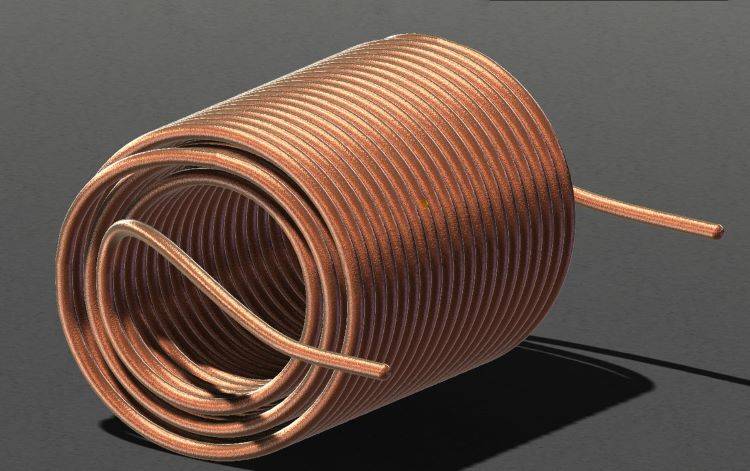
In addition to their geometric diversity, induction coils must be regularly inspected and maintained. Faulty coils can lead to inconsistent heating, which may result in subpar metallurgical outcomes. Therefore, it’s essential to check the integrity of the coils, ensuring they are free from cracks or other defects that could disrupt the magnetic field.
By understanding and maintaining these crucial components, technicians can ensure the induction process operates efficiently and effectively, achieving the desired metallurgical results.
Study Power Supply
Electricity serves as the primary energy source for the induction process. The power supply plays a pivotal role in converting this electrical energy into a form that can intensify the electromagnetic field. This intensification is crucial for generating a magnetic field strong enough to heat the workpiece effectively.
The power supply's efficiency directly impacts the induction system's performance. It must be capable of delivering the required voltage and current to the induction coil, which in turn generates the necessary magnetic field. This process is highly dependent on the power supply's ability to maintain stable and consistent energy output, ensuring that the electromagnetic field remains robust and reliable.
In addition to its role in energy conversion, the power supply also influences the overall system's reliability and maintenance requirements. While it may not require frequent maintenance compared to other components, any failure in the power supply can lead to significant downtime and costly repairs. Therefore, understanding the power supply's operation and potential issues is essential for effective troubleshooting and preventive maintenance.
To summarize, the power supply is a critical component that not only converts electrical energy into a usable form but also ensures the induction system's stability and efficiency. Its proper functioning is paramount for maintaining the system's performance and minimizing potential disruptions.
Document Work Systematically
If you're new to troubleshooting induction systems, the process might seem daunting at first. However, the key to overcoming this challenge lies in a systematic approach. Start by analyzing the failure mode, which involves pinpointing the specific issue that has arisen. This step is crucial as it sets the foundation for identifying which components are functioning correctly and which are not.
Next, focus on the main components that should be operational at the appropriate moment. This could include the induction coil, sensors, power supply, and other critical elements. Understanding the role of each component and how they interact is essential for isolating the problem.
Once you've identified the malfunctioning component, proceed to solve the problem logically. This might involve checking connections, replacing faulty parts, or recalibrating the system. By following a structured method, you can efficiently troubleshoot and resolve issues without feeling overwhelmed.
In summary, even without prior experience, you can effectively troubleshoot induction systems by adopting a systematic approach. This method ensures that you analyze the problem accurately, identify the key components, and resolve the issue in a logical manner.
Explore All Possibilities
When troubleshooting induction systems, logical thinking often serves as the cornerstone for resolving most technical faults. However, certain issues require a more nuanced approach. It is crucial to tap into your creativity and leverage all available resources, as the solution may lie in the least conspicuous or most neglected areas.
Consider the following strategies to broaden your troubleshooting scope:
- Cross-Referencing Multiple Sources: Utilize manuals, online forums, and professional networks to gather diverse perspectives on the fault.
- Simulating Scenarios: Use simulation tools to recreate the fault in a controlled environment, allowing for a deeper understanding of potential causes.
- Engaging Collaborative Problem-Solving: Work with peers or consult experts to combine different viewpoints and expertise, often leading to innovative solutions.
By exploring these possibilities, you can uncover the hidden keys to resolving even the most elusive faults in induction systems.
Know Your Power Supply
The power supply is an indispensable element in any induction device, serving as the backbone that converts electrical energy into the electromagnetic field necessary for the heating process. Unlike other components that may demand frequent maintenance, power supplies typically require less upkeep. However, their critical role means that any neglect in maintenance can lead to significant financial repercussions for the organization.
A well-maintained power supply ensures not only the efficiency of the induction process but also its longevity. Regular inspections and preventive measures can help identify potential issues before they escalate, thereby mitigating downtime and repair costs. Conversely, a power supply that is left unchecked can malfunction, causing the entire system to shut down and resulting in costly delays and repairs.
Moreover, the complexity of modern power supplies, often equipped with advanced control and automation components, necessitates a proactive approach to maintenance. This includes keeping an inventory of essential spare parts and conducting regular performance tests. By doing so, organizations can ensure that their induction systems remain operational and efficient, minimizing the risk of unexpected failures.
In summary, while power supplies may not demand frequent maintenance, their critical role in the induction process underscores the importance of regular checks and preventive measures to avoid costly disruptions.
Identify Key Components and Stock Spares
When dealing with induction systems, particularly those with older equipment, the procurement of power supply components can be a significant challenge. The recent turbulence in the semiconductor market has exacerbated this issue, leading to extended lead times and substantial price hikes for control and automation components. This volatility underscores the necessity of proactive inventory management.
To mitigate these supply chain risks, it is imperative to compile a comprehensive list of critical components. This list should include components that are prone to failure or are essential for the system's operation. By maintaining a stock of these spare parts, you can significantly reduce downtime and the associated costs of emergency procurement.
| Component Category | Examples of Key Components | Importance in System |
|---|---|---|
| Power Supply | Power transistors, rectifiers | Essential for generating the required electromagnetic field |
| Control and Automation | Microcontrollers, sensors | Integral for system coordination and precision control |
| Cooling Systems | Heat sinks, coolant pumps | Critical for maintaining optimal operating temperatures |
Maintaining a strategic inventory of these components ensures that you are prepared for any unexpected failures, allowing for swift replacements and minimizing disruptions to your operations.
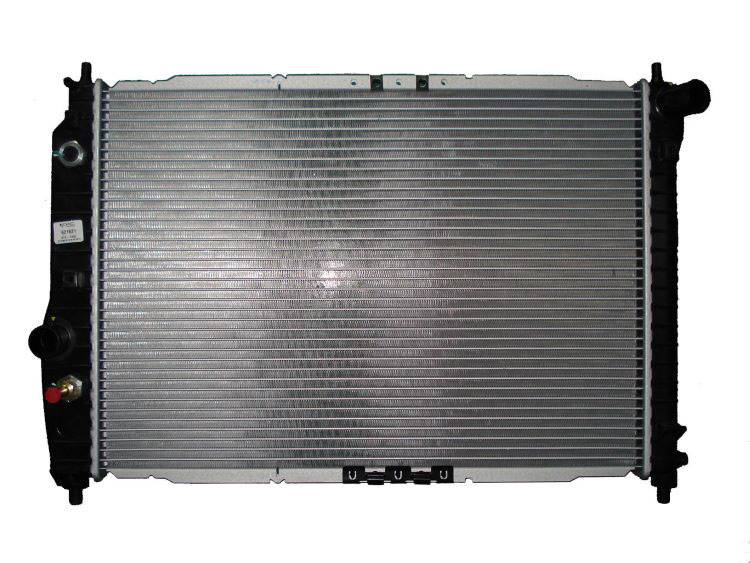
Preventive Testing
When the system is operating under optimum conditions, it is crucial to develop a comprehensive inspection program. This program should allow you to gather detailed information about specific system parameters, such as the position of the workpiece inside the induction coil, the power applied, and the cycle time. By doing so, you create a baseline of normal operational data that can be invaluable when troubleshooting.
When a fault occurs, you can then compare the measured values in the faulty state with those recorded during normal operation. This comparison can help pinpoint the exact parameters that have deviated from the norm, making it easier to diagnose the issue. For instance, if the power applied during a fault is significantly higher than the baseline, it might indicate a problem with the power supply or the cooling system.
Moreover, preventive testing can also involve regular checks on sensors and coils, ensuring they are functioning correctly. This proactive approach can prevent minor issues from escalating into major problems, thereby reducing downtime and maintenance costs.
Conclusion
Importance of Organized Work Methods
Organized work methods are indispensable in effectively troubleshooting induction systems. These methods encompass meticulous documentation, comprehensive spare parts lists, and the requisite tools. The significance of these elements cannot be overstated, as they serve as the backbone for both identifying and resolving issues.
Documentation
Detailed documentation is crucial for maintaining a clear record of the induction system's configuration, operational parameters, and past issues. This documentation aids in quickly identifying recurring problems and understanding the system's behavior under various conditions. For instance, a log of previous troubleshooting sessions can provide insights into common failure modes and effective solutions, thereby streamlining the diagnostic process.
Spare Parts Lists
A well-maintained spare parts list ensures that critical components are readily available when needed. Given the complexity and potential unavailability of certain parts, having a detailed inventory can significantly reduce downtime. For example, components like control and automation chips, which are often subject to market fluctuations, should be prioritized in these lists to mitigate supply chain disruptions.
Necessary Tools
The right tools are essential for diagnosing and fixing induction system issues. An oscilloscope, function generator, ammeter, and various multimeters are just a few examples of the equipment required. These tools enable precise measurements and analysis, which are critical for pinpointing the root cause of problems. For example, an oscilloscope can help visualize the waveform of the induction coil's output, providing valuable data for troubleshooting.
In summary, the combination of thorough documentation, comprehensive spare parts lists, and the appropriate tools forms a robust framework for effectively managing and resolving induction system issues.
Continuous Training
Professionals must engage in continuous training to mitigate production downtime caused by induction system failures. This training is essential as it equips them with a deep understanding of the metallurgical processes that underpin induction systems. By delving into the intricacies of these processes, professionals gain insights into the unique characteristics of induction systems and their components. This knowledge is invaluable for enhancing their problem-solving skills, enabling them to quickly identify and rectify issues that could otherwise lead to prolonged downtime.
Moreover, continuous training ensures that professionals stay abreast of the latest advancements and best practices in the field. As induction systems evolve, so too do the challenges they present. Keeping up with these changes through regular training sessions allows professionals to adapt and respond effectively to new issues as they arise. This proactive approach not only minimizes downtime but also optimizes the overall efficiency and reliability of the induction systems.
In essence, continuous training is not just a means to an end but a cornerstone of effective induction system maintenance and troubleshooting. It empowers professionals with the expertise needed to navigate the complexities of these systems, ultimately leading to smoother operations and reduced production disruptions.
